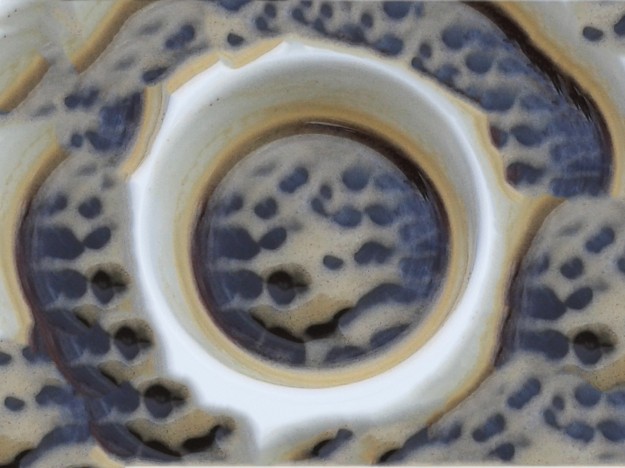PWR Studio in conversation with Livia Lupatini
Jul 25, 2014
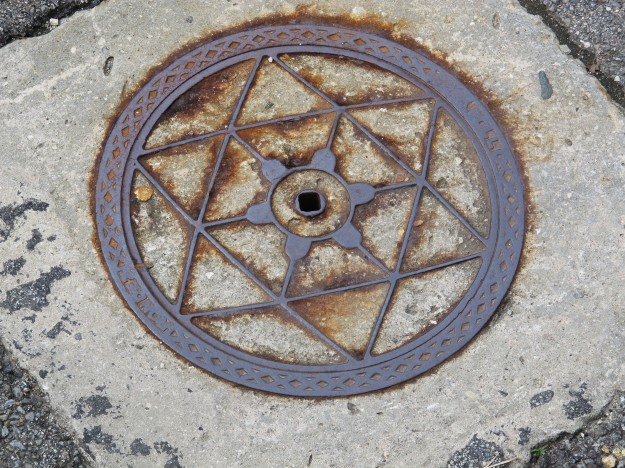
Could you tell us a little bit about yourself.
My name is Livia Lupatini. I am head of potable water of Gambarogno, Ticino. I’ve held this position for over three years now, since the merging in 2010 of nine smaller municipalities into the current arrangement. Before that, since graduating from Politecnico di Milano in 1996, I was responsible for the water supply in San Nazzaro. I was born and grew up in Locarno, across the lake.
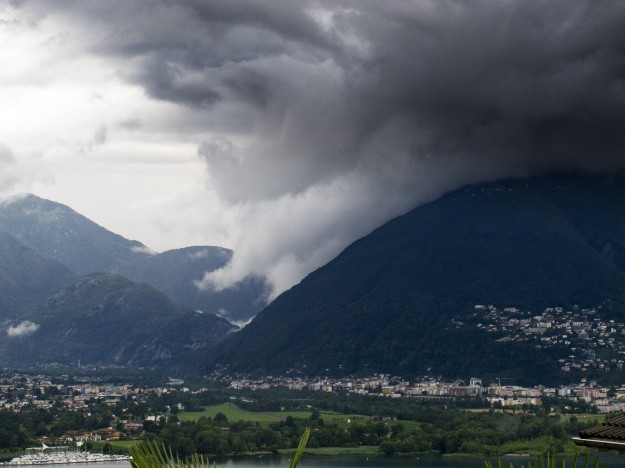
How big is Gambarogno?
Not that big. The municipality as a whole has about five thousand inhabitants and covers roughly fifty square kilometers. There are two thousand households connected to the communal water system. We have twenty two reservoirs, to ensure a constant supply. The waterways cover something like three hundred fifty kilometers in total.

The municipality sits between the lake and the mountains. Is that difficult?
In a way … It’s a difficult area, yes, like most of Switzerland. Expanding and maintaining the system is hard. But often gravity is on our side. The water is carried by nature upwards, dropped off, we just intercept it coming down the mountain and divert it to the central nodes from which it is distributed. Of course the precipitation levels vary greatly. Nothing … and then violent rainfall. In the past we have constantly had to observe the migrations of the streams coming down the mountain and re-route them when necessary. A prominent example would be the straightening out of the trecherous river Maggia at the end of the 19th century, destroying the problematic delta at the mouth leading into Lago Maggiore. Or the damming of Verzasca in the 1960s creating the Lago di Vogorno. On an everyday basis it has always be a matter of predicting rain patterns. The great flood of 1976 made it clear this was not good enough. That was the point when research into fluid logics started in Switzerland. Naturally the technology and theory was not very advanced at that time. They were using mostly human scale hydraulics, capillary suction pipes and organic membranes. In the very start even the gastric mucosa of the common goat! They were at the time using a number of underground facilities, built by the for the Réduit, as buffer-reservoirs.
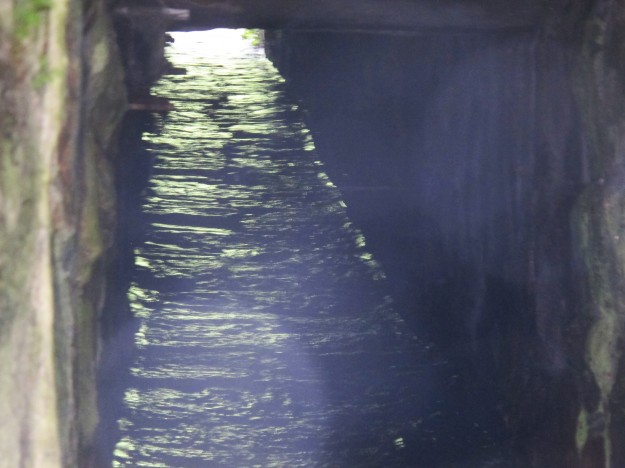
So the story goes back further…
Yes, of course and much further than that. Naturally clean water is a fundamental human need … and a right. No water … no life. And Switzerland is blessed with water. Clear mountain streams. High mountains collecting rain fall. Melting and re-freezing glaciers. Snow covered summits. It’s almost an national symbol. And a important export! Evian for example. Allthough it’s take over by the French. But water… yes… Impenetrable transparency. And as a metaphor: Discretion. Neutrality. But yes, for most of our history, in our area, just fetching water from a nearby stream was enough, and that is what people did. Following the passing of the aquatic purity law of 1922 the private collection of water became illegal. Related to the fear of the chemical weapons demonstrated in the great war. So the responsibility was now fully put on the shoulders of the municipal departments, under the supervision of the federal authority. Leaders of waters … Aqua ducere …that’s what it means. And there are plenty of dangers we have to steer clear of … The nesting of Lizards in the pipes. Parasitism has been a big problem in the past. This is not well known. An endemic population of immigrated the Tarbagan marmot. And also stopping the contamination by ground water seeping up from the older, unsanitized infrastructure. There are numerous cesspools, from before the ban. And there is evidence that the roman aqueduct system extended into what is now Ticino, not in it’s monumental form but as tunnel systems and smaller pathways, some indistinguishable from ordinary creeks. Anyway, this is not directly realted to what I do. My day-to-day job is to supervise and enable the intelligent distribution of pure drinking water to the inhabitants of the municipality.
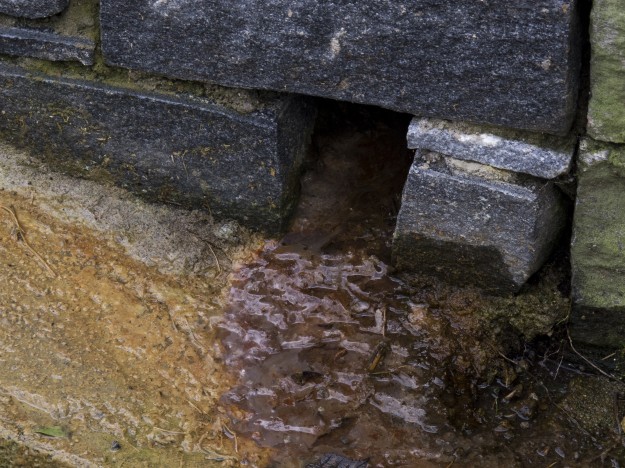
What kind of technology are you using today?
Very small scale stuff. Microfluidics … acting on picodroplets. Marking water with translucent microparticles. Atomizing nozzles combined with hydrophobic pathways. Reverse electrowetting. Selective salinification. Obstructed osmosis. Bio-computing. To this date we have boolean gates implemented into about ninty percent of the switching station … using bubble logic. Initially it as inpired by the Financephalograph or MONIAC of William Phillips in the west, or the Water Integrator in Soviet Russia. As a neutral nation we had knowledge of both… The stream entering the control ports may be much weaker than the stream being deflected. It was really the romans who started it in the later parts of the Cloaca Maxima. It is well known that water will find the path of least resistance so there is a form of intelligence embedded in it. The system is a stack … a combination of nodes, routes, caves, canals, holes, pumps, streams, micro- and macro-organisms, nano-level tech, a meshing with the much newer fiber-optics-network. There’s a large network of connections around here that is not directly visible to the eye. For example an extremely thin molecular-level membrane separating the Swiss side from Italian side. Completely invisible of course. But very important, related to national security and branding.
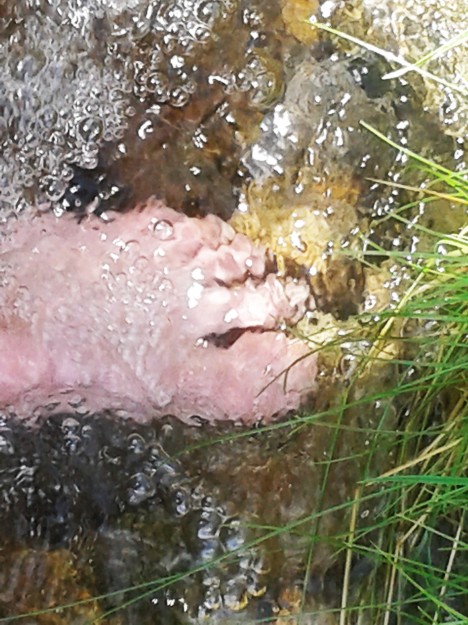
What is your strategy for the future?
You know sometimes when I swim in the lake I feel an intense connection to each individual drop of water and I believe that we might, in 20 or 30 years, be able to increase the resolution to this level … on a large scale. Then indeed the current facilities would be obsolete and the system could self-organize and directly direct itself according to pathways of will-energy, human or otherwise. It’s some way off … but not that far I believe.
— Translated and edited by Bruno Finzi.
